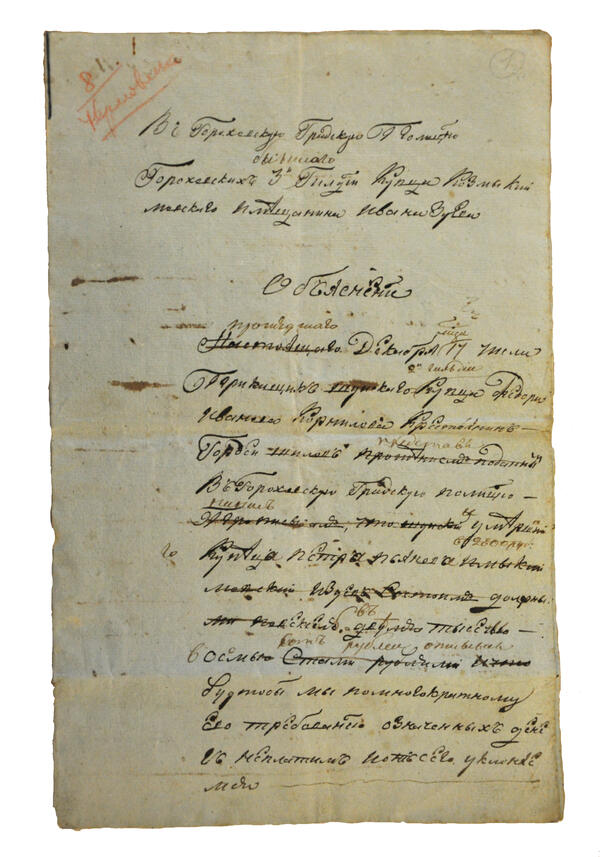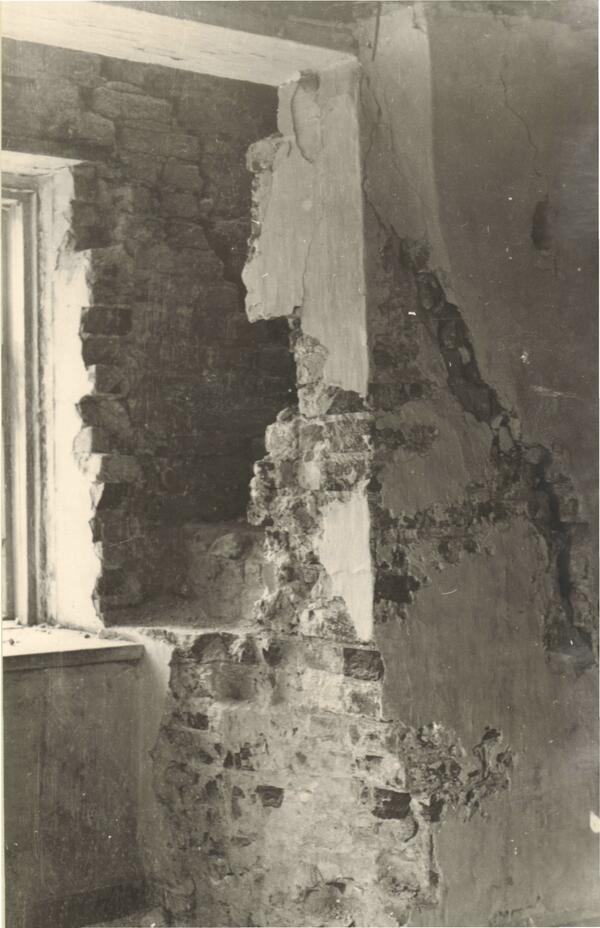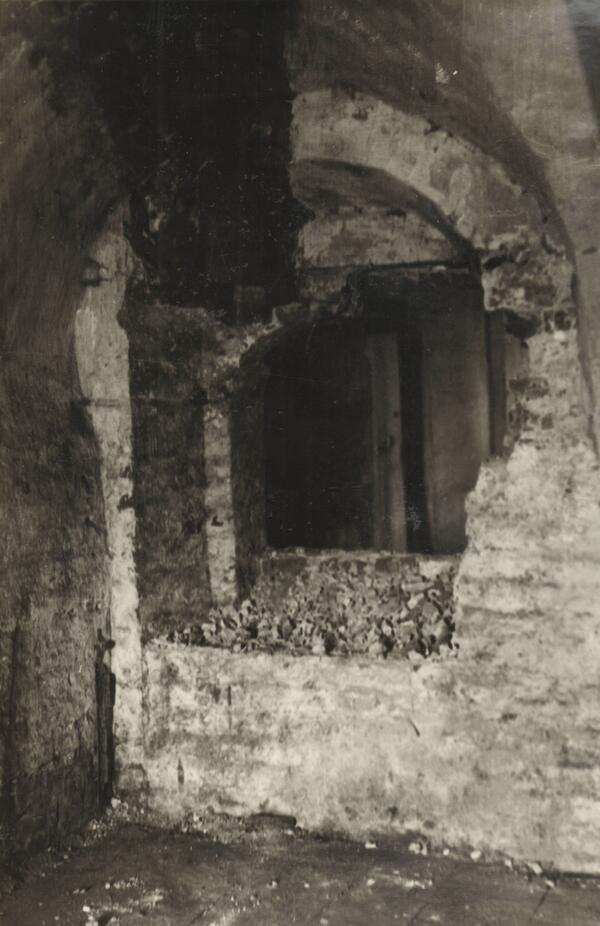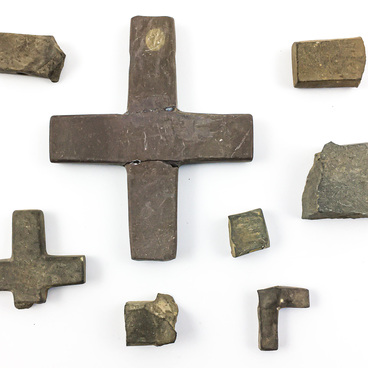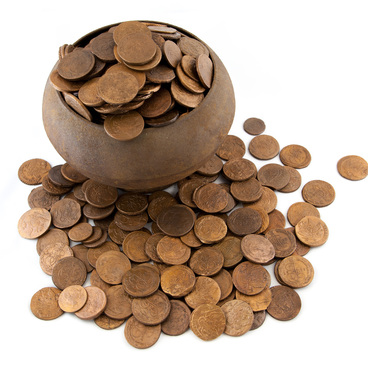In 1960, the Kanonnikov House was first explored by Olga Gavrilovna Guseva, an employee of the Vladimir Special Experimental Scientific and Restoration Production Workshop.
This stone building was on the verge of destruction. Shortly before, the roof collapsed in one of the rooms, and wide cracks across the northern wall looked menacing. Between 1961 and 1962, some parts of the building were restored.
The main task of the restorers was to strengthen the foundation and main structures of the building. In 1963, when work was underway to remove plaster from a stone wall, a hiding place was discovered there. Inside was a bundle of yellowed papers.
They belonged to the 3rd guild merchant Kozma Vasiliyevich Klimovsky from the Gorokhovets trading company, which operated in the towns of the Lower Volga. In November 1829, the company completed its business in Astrakhan, and one of Klimovsky’s colleagues went to Gorokhovets to ship new goods. He also brought along part of the company’s money to pay off what he owed to his partners.
On the way, the merchant ran into new debts on behalf of the company. Kozma Klimovsky was surprised beyond words when he received the news of his colleague’s sudden passing. Already in December, “Mr. Shilov, the clerk of the Shuya merchant” addressed the town magistrate, demanding to settle the bill.
The Gorokhovets merchants agreed to pay two-thirds of the debt, which did not suit Shilov. Two days later, the defendants decided to soften the blow and invited the clerk over for tea and expressed their gratitude to him with red caviar and gold coins.
However, after that, the cunning Shilov filed a new lawsuit and demanded from the debtors a property inventory as a pledge. The merchants tried to prove that they had given Shilov caviar and gold, but the Gorokhovets magistrate, the town court, and the police supported the clerk from Shuya. Around time, other debts of the company began to surface.
The news even reached Saint Petersburg and the Tsar. The order was immediately issued for the town magistrate to review the case. However, it dragged on for several more years.
This stone building was on the verge of destruction. Shortly before, the roof collapsed in one of the rooms, and wide cracks across the northern wall looked menacing. Between 1961 and 1962, some parts of the building were restored.
The main task of the restorers was to strengthen the foundation and main structures of the building. In 1963, when work was underway to remove plaster from a stone wall, a hiding place was discovered there. Inside was a bundle of yellowed papers.
They belonged to the 3rd guild merchant Kozma Vasiliyevich Klimovsky from the Gorokhovets trading company, which operated in the towns of the Lower Volga. In November 1829, the company completed its business in Astrakhan, and one of Klimovsky’s colleagues went to Gorokhovets to ship new goods. He also brought along part of the company’s money to pay off what he owed to his partners.
On the way, the merchant ran into new debts on behalf of the company. Kozma Klimovsky was surprised beyond words when he received the news of his colleague’s sudden passing. Already in December, “Mr. Shilov, the clerk of the Shuya merchant” addressed the town magistrate, demanding to settle the bill.
The Gorokhovets merchants agreed to pay two-thirds of the debt, which did not suit Shilov. Two days later, the defendants decided to soften the blow and invited the clerk over for tea and expressed their gratitude to him with red caviar and gold coins.
However, after that, the cunning Shilov filed a new lawsuit and demanded from the debtors a property inventory as a pledge. The merchants tried to prove that they had given Shilov caviar and gold, but the Gorokhovets magistrate, the town court, and the police supported the clerk from Shuya. Around time, other debts of the company began to surface.
The news even reached Saint Petersburg and the Tsar. The order was immediately issued for the town magistrate to review the case. However, it dragged on for several more years.

